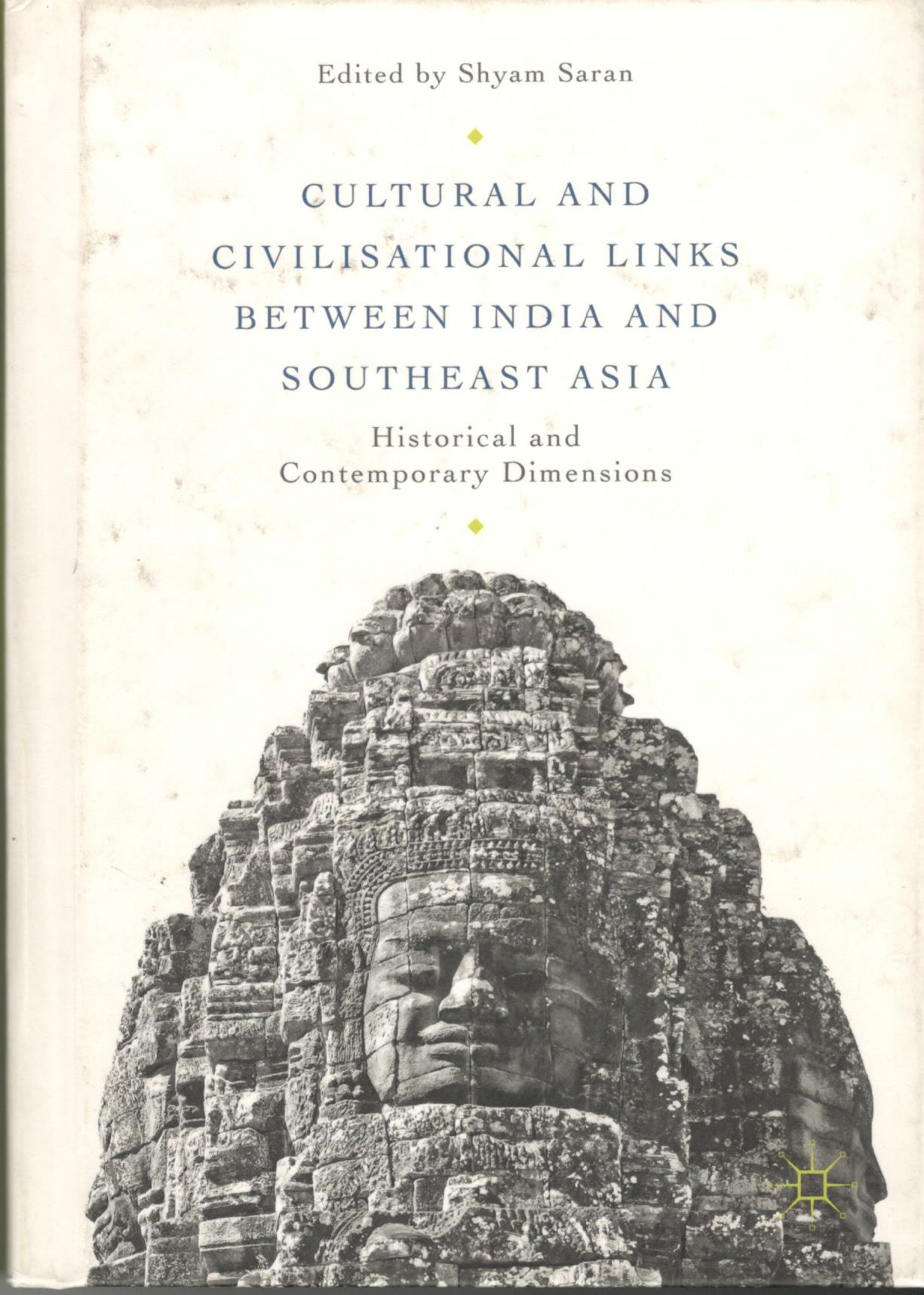
Cultural and Civilisational Links Between India and Southeast Asia
I Wayan Ardika
ISBN : 978-981-10-7316-8 Published : 2018
Abstrak
India—Association of Southeast Asian Nations (ASEAN) relations have witnessed remarkable growth in recent years. At the ASEAN—India Commemorative Summit 2012 in New Delhi, the two sides elevated relations to a strategic partnership. The summit welcomed the report of the ASEAN—India Eminent Persons' Group and its vision statement on the future of these relations. In this context, the summit encouraged 'the study, documentation and dissemination of knowledge about civilization along links between ASEAN and India'. India's Act East Policy has imparted fresh momentum to these relations in all their multifarious dimensions, including in the field of arts and culture. ASEAN and India are celebrating twenty-five years of partnership.
The ASEAN—India Centre (AIC) at the Research and Information System for Developing Countries (RIS) in collaboration with the Indian Council for Cultural Relations (ICCR) and the Ministry of External Affairs (MEA), Government of India, organised an international conference 'ASEAN—India Cultural Links: Historical and Contemporary Dimensions' at the India Habitat Centre, New Delhi on 23-24 July 2015. Twenty-four eminent scholars from ASEAN countries, India and several other countries presented original research papers at this conference. They discussed a number of key issues that are relevant to the objective of deepening ASEAN—India cultural relations. These are now presented in a single volume, which will become a valuable reference for scholars and researchers, but will be of interest to the general reader as well.
I would like to record my appreciation of the efforts made by Dr Prabir De and his team at AIC in putting together this volume. I wish to thank the Director General, Dr Sachin Chaturvedi, and other colleagues at RIS for their constant support and cooperation. I wish to thank the President of ICCR, Professor Lokesh Chandra, and its former Director General, Dr Satish C. Mehta, who lent their valuable support to the conference and contributed to its success.
I am also grateful to Ambassador Anil Wadhwa, former Secretary (East), MEA, Government of India; Ambassador Preeti Saran, Present Secretary (East), MEA, Government of India; Ms Pooja Kapur, former Joint Secretary (ASEAN Multilateral), MEA, Government of India; and Mr Anurag Bhushan, the current Joint Secretary (ASEAN Multilateral), MEA, Government of India for their support and cooperation.
This book provides new ideas and suggestions related to deepening ASEAN—India cultural relations. It will be welcomed by all those who have an interest in the rich and remarkable history and contemporary dimensions of India's cultural engagement with its Southeast Asian neighbours.
